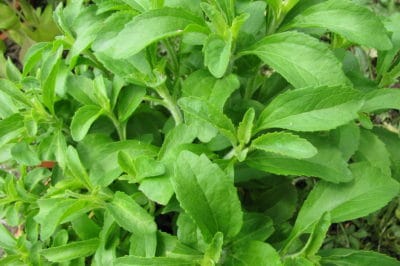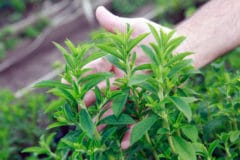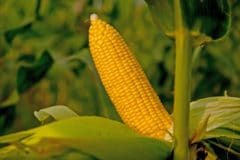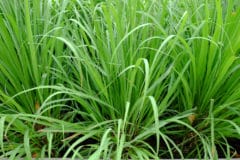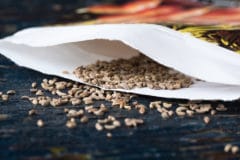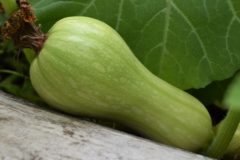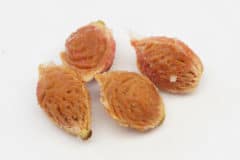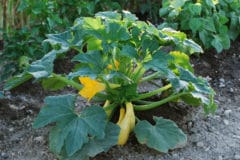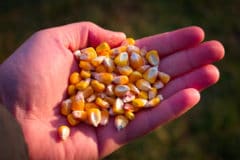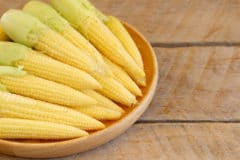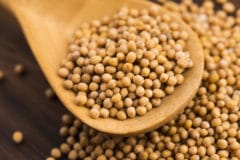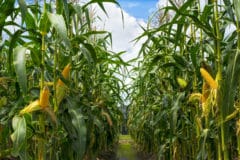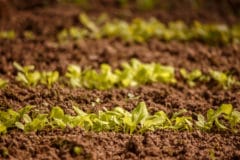Stevia Seed and Variety
It’s possible to plant stevia by seed, but most seasoned gardeners would classify this task as ‘difficult’ in the least. Not only to stevia seeds tend to have low germination rates, the resulting plants will have vastly varying amounts of the sweet compounds that most gardeners grow it for.
It is best to order starts made from cuttings. Because this plant is growing in popularity, most local nurseries will likely carry some starts. Otherwise, there are online options for ordering stevia cuttings.
Not all varieties of stevia are created equal. It’s compounds called glycosides, namely stevioside, which make this plant so sweet. Some varieties of stevia will produce more glycosides than others. The most popular variety grown for sweetness is the Stevia Rabaudiana or Sweet Leaf Stevia. Another variety that is less commonly found but possibly even sweeter is called Sweetie Star.
How to Plant Stevia
When you get your cuttings, keep them warm. Stevia comes from the tropics and is especially sensitive to cold temperatures when young. Keep the plants well above 50°F (10°C).
When choosing where to plant, consider sunlight, soil, accessibility, and exposure. Here is a checklist for selecting a planting site:
- Full sun
- Loamy, rich soil (add compost if necessary)
- Well-draining
- Easy access to all parts of the plant
If you are in warmer climates zones, give your plants a few extra inches of space to fill out. While stevia can be perennial even in USDA zone 8 and up, in cooler climates it will not grow as large. Space plants between 10 and 18 inches apart depending on climate.
Stevia Care
When plants reach about 8 inches tall, it’s time to prune them. Pruning will discourage gangly growth and encourage bushiness, which produces more leaves. Cut back stems leaving a lower node from which the plant can branch. Continue to prune as needed to eliminate long stems and encourage branching.
If you live in a climate colder than USDA zone 8, bring stevia plants indoors through the winter. Prepare a pot with some all-purpose potting soil. Remove stevia plants from the ground and trim them back to around 6 inches tall. Pot them, and bring them inside. Set them in a heated location like a windowsill indoors or a heated greenhouse. Plants can be brought back out once all danger of frost has passed.
